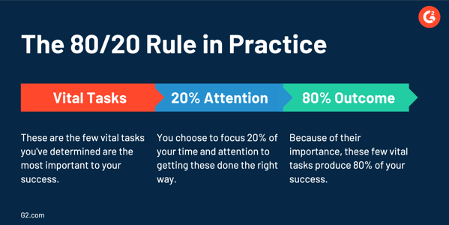
Pareto’s Indication of High Potentials
High Potential Employees, or simply HiPos, are often called an organization’s diamonds in the rough. This is because whilst high performing employees are easy to spot, HiPos need to be searched for. But once discovered and taken care of correctly, bring high value to their organization. HiPos are said to bring more than twice the ROI as average employees do. But, organizations often miss HiPos due to a lack of systems, frameworks, or tools. Here, we explore the differences between performers and potentials.
Often, organizations spend millions introducing systems, frameworks, or tools to help them in identifying a group of special employees known as the high potentials or simply HiPos. High potential and high performance can often be misidentified and this is because the two traits aren’t always mutually exclusive. While high potential employees are usually high performers, the same isn’t always true of high-performance employees. This becomes evident when high performers are moved into management roles and suddenly find it overwhelming to achieve results. High performers will always stand out, but high potential employees have even more to offer than just great results. Those with high potential will not only be results-driven, but they will also possess an aptitude for leadership qualities necessary for business continuity.
Aside from being hard to find without the right mechanisms in place, HiPos also aren’t as abundantly available in most organizations. In fact, according to the Harvard Business Review, these high-potential employees account for an average of 5% of any company’s workforce. However, Pareto’s Guideline tells us why even being able to identify this 5% of HiPos promises more returns than a wider percentage of average employees in terms of long term success.
According to the Harvard Business Review, these high-potential employees account for an average of 5% of any company’s workforce.
Click here to download free Ultimate Guide to HIPO Identification
Pareto’s Guideline and How This Relates to High Potential Employees
In 1906, Italian financial analyst Vilfredo Pareto made a scientific equation portraying the unequal conveyance of riches in his nation. Pareto noticed that 20% of the individuals possessed 80% of the riches. Within the late 1940s, fabricating quality master, Dr. Joseph M. Juran, ascribed the ‘80/20 Rule’ to Pareto, calling it Pareto’s Principle. For a long time, Pareto’s Guideline has been recognized as a compelling commerce administration metric. Essentially, Pareto’s Guideline sets that in any set of things (specialists, clients, etc.), some (20%) are ‘vital’, and many (80%) are not. In Pareto’s case, he found that generally, 20% of the individuals in his nation overwhelmed with 80% of the riches. In Juran’s introductory work, he distinguished 20% of item surrenders, causing 80% of item issues. It is well known by extension directors that 20% of work (more often than not, the primary 10% and the final 10%) devours 80% of the time and assets.

This scientific study has long recommended that contributing to the right individuals will maximize organizations’ returns. In line with Pareto’s guideline, these ponders appear that over a wide run of errands, businesses, and organizations, a little extent of the workforce tends to run an expansive extent of organizational comes about, such that:
PERCENTAGES OF INPUTPERCENTAGES OF OUTPUT
The table above shows that the
- top 1% accounts for 10% of organizational output
- top 5% accounts for 25%, of organizational output
- top 20% accounts for 80% of organizational output
Talk to Our Hipo Experts Today
In Conclusion
Looking at the above, we know why HiPos are often sought after and receive special attention from organizations. However, before pouring millions into a HiPo identification process, organizations need to start with the basic construct of differentiating between a high performer and a high potential. Organizations should not fall into the trap of excitedly promoting a high performer who may end up failing with heighten job responsibility and complexity, but rather, promote HiPo’s who are quick to embrace and adapt to bigger roles.

























